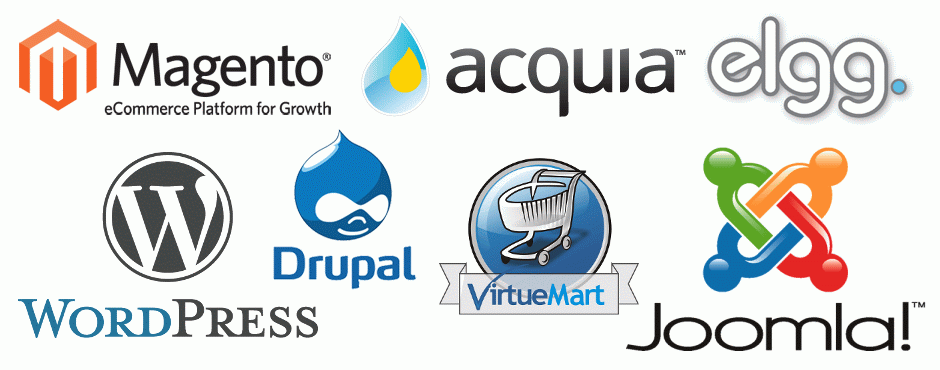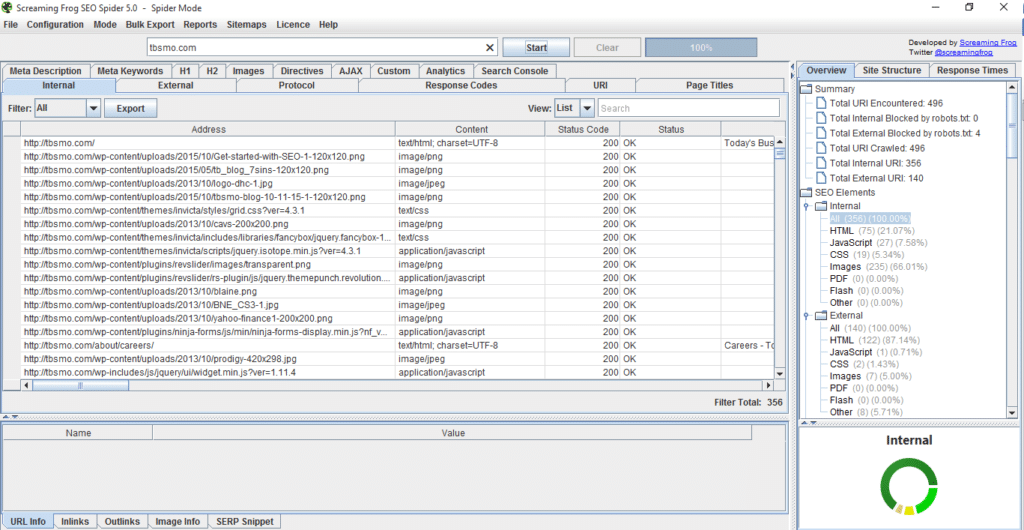For people without experience in the field, it can seem like an impossible and daunting task to create a website. It is simply something that you do not know how to do, so you do not try. Below, I have broken down the website building process into 6 relatively easy steps. With some practice, you will be building websites from start to finish in no time at all!
-
Decide the Type of Website You Need
There are many different kinds of websites, but in my experience they can be broken up into five categories: Informational, Sales, Personal, Service, and Recreation. Informational websites include wiki sites and reference sites. Sales websites are self-explanatory; they are trying to sell you something. They range from everyday items to the eccentric and unusual. Personal websites are meant just for individual use, things like blogs and live journals. Service websites consists of elements of both Sales and Informational. They are usually business sites that both provide information and try to get you to sign up for a service. These differ from sales sites because it is not a product they are selling but a service. Recreational websites consists of things like Facebook and YouTube in which the goal is to keep the user on their website entertained. Once a type is decided upon, we move onto the next step.
-
Register the Domain Name
A domain name is the address of your website on the internet. It is very important to pick a unique and accurate domain name so that it will be memorable. Make sure to pick a meaningful name as it can be difficult to change the domain name at a later date. For an in-depth overview of registering a domain name you can check out TheSiteWizard.

Image via: Websites that Sell
-
Decide on a Website Building Platform
There are several different platforms that can be chosen when building your website. These include WordPress, Drupal, Joomla, GoDaddy’s website builder and many others. They range from simple drag and drop interface to full coding. The platform you choose should be based off of your experience. If this is your first website you may wish to start with something easy to use such as Squarespace, which has many drag and drop features and is very user friendly. More advanced coders may wish to try programming their website by code alone with HTML5.
-
Create your Website
Once all of the previous steps have been completed you can begin to start building your website. At this point there are many things that you need to decide on, such as font, colors, and layout. Each website is different and you should not be afraid to make something unique. Keep in mind though that the end goal of a website is to have people visit it, so try to keep things simple if you can. Also, be sure to check the website of whatever platform you decided on previously and see if they have any instructional videos if you need help.
This step can arguably take you the most time. There will be moments that what you thought you wanted turns out to be something else and if you are making the website for someone else, expect a long list of edits before the job is done.

-
Test for Errors
Once your website is finished you should then test it for errors. There are several platforms such as Screaming Frog and Moz that can run scans to find any broken links on your website. If broken links are found it is a good idea to remove them before the site goes live so that you do not have to write redirects down the line.
It is also a good idea to give the web address to some friends to see how it behaves on different devices. Things like load time and responsiveness can change depending on the device.
-
Make it live
Your final step should, in theory, be the easiest. It should simply be a matter of either connecting the website to your domain or disabling the “Website is Under Construction” function that is available in most website builders. But things can go wrong, your hosting could go down or you could corrupt files if you make a mistake. First timers should not be afraid to call hosting support or even have them walk you through the process.
So once it is all said and done you will have a completed website of your very own. Congratulations. Now that it is live, you can get even more in-depth with your website by starting Search Engine Optimization (SEO). If you want to learn more, check out my other blog How to Get Started with SEO.




.svg)